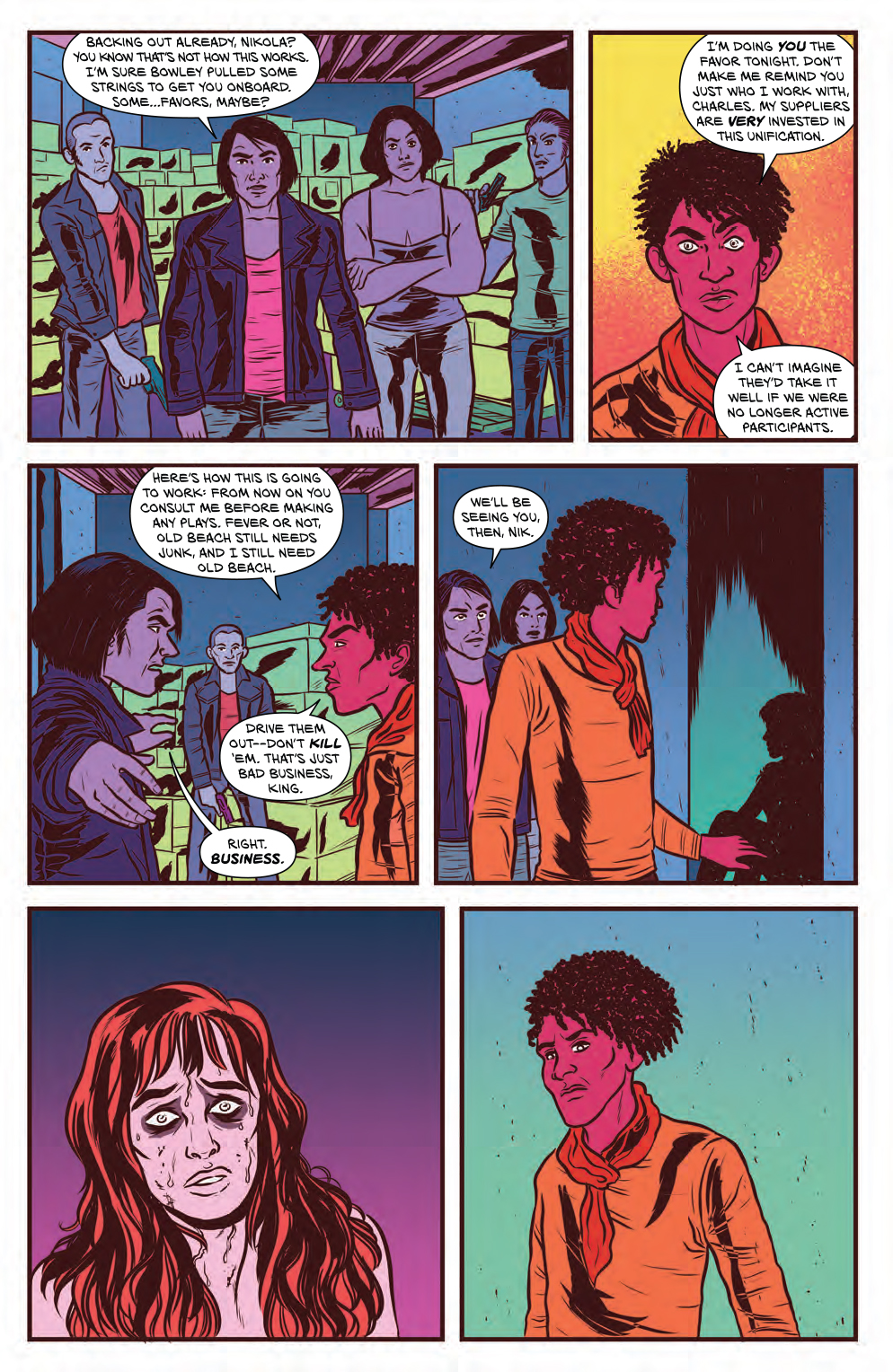How far can the human spirit endure in the face of brutal violence? A curb stomp, an act often seen as a grotesque display of power and control, is more than just a physical assault; it's a chilling reminder of humanity's capacity for cruelty. This violent act, where a victim is forced to bite down on a curb before being stomped on the back of the head, has become a symbol of dominance and fear across various cultures and media. Yet, beyond its shocking imagery lies a deeper story of resilience, trauma, and survival.
The symbolism behind 'bite the curb' transcends mere words. It represents a metaphor for control and dominance, reducing individuals to submission through sheer intimidation. In popular culture, this act has been depicted in films like American History X, where the brutality of such actions is laid bare for audiences to witness. The power dynamics at play are stark—those who wield authority over others use physical force not only to inflict pain but also to instill fear. Such acts leave indelible marks on both victims and society as a whole. For many survivors, the psychological scars run deep, manifesting as post-traumatic stress disorder (PTSD), depression, anxiety, and social withdrawal.
| Personal Information | Details |
|---|---|
| Name | [Survivor Name] |
| Date of Incident | [Insert Date] |
| Location | [City, State] |
| Career | Survivor Advocate |
| Professional Affiliation | Example Survivor Support Organization |
Injuries sustained from a curb stomp vary widely depending on the severity of the attack. Victims often suffer broken bones, severe lacerations, brain damage, paralysis, or even death. Beyond these immediate physical consequences, there are long-term psychological effects that linger for years after the incident. Many survivors report experiencing flashbacks, nightmares, heightened anxiety, and difficulty trusting others. These challenges underscore the importance of comprehensive support systems designed specifically for individuals recovering from such traumatic experiences.
A real-life account sheds light on the harrowing reality of surviving such an ordeal. At 17 years old, one individual witnessed the aftermath of a curb stomp involving gang members who held their associate down in a parking lot before backing a truck over his head. While this particular case resulted in instant fatality due to a broken neck, similar incidents have left countless others grappling with lifelong disabilities and emotional turmoil. Even recalling such events triggers visceral reactions, highlighting how deeply ingrained these memories remain within those affected by them.
Legal ramifications surrounding curb stomps extend beyond criminal charges against perpetrators. Survivors must navigate complex legal proceedings while simultaneously dealing with personal recovery journeys. Lawsuits may arise concerning negligence if third parties fail to intervene during attacks or provide adequate security measures in public spaces where violence occurs. Furthermore, advocacy groups work tirelessly to promote awareness about prevention strategies aimed at reducing instances of extreme violence like curb stomping.
Memes and viral content often trivialize serious issues like curb stomping under the guise of humor. However, beneath layers of digital irony lies a darker truth: recreations using dolls, video game renders, or other objects perpetuate harmful stereotypes without addressing underlying causes of aggression. Some argue that normalizing depictions of violence desensitizes younger generations to its real-world implications. As society continues grappling with ways to address rising rates of interpersonal conflict, education becomes paramount in fostering empathy rather than apathy towards others’ suffering.
For every survivor of a curb stomp, there exists a unique narrative of resilience and triumph over adversity. Their stories serve as powerful reminders of human strength amidst unimaginable circumstances. Through therapy, community involvement, and peer support networks, many find paths toward healing and rebuilding lives once thought irreparably damaged. Advocacy efforts spearheaded by survivors themselves help shape policies promoting safer environments while challenging societal norms around masculinity, aggression, and control.
Beyond individual cases lies a broader conversation about systemic issues contributing to cycles of violence. Economic inequality, lack of access to mental health resources, and cultural narratives glorifying dominance all contribute to environments conducive to such acts. Addressing root causes requires collaboration between government agencies, non-profit organizations, educational institutions, and private sector partners committed to creating positive change. By prioritizing prevention initiatives alongside punitive measures, communities can begin dismantling structures enabling violent behavior.
Ultimately, understanding the full scope of what constitutes a curb stomp extends beyond recognizing its mechanics or representations in media. It demands acknowledgment of its profound impact on victims, families, and broader social contexts. As conversations evolve around topics like consent, boundaries, and mutual respect, opportunities emerge for transformative shifts in how we approach relationships and resolve conflicts peacefully. In doing so, perhaps future generations will inherit a world less prone to resorting to extreme violence as solutions to disputes.
While no single solution exists to eradicate curb stomping entirely, collective action rooted in compassion and accountability offers hope for meaningful progress. Survivors continue proving daily that despite enduring unspeakable horrors, life after trauma remains possible. Their courage inspires countless others facing similar struggles worldwide, reinforcing beliefs in redemption, renewal, and ultimately, humanity's potential for good triumphing over evil.



